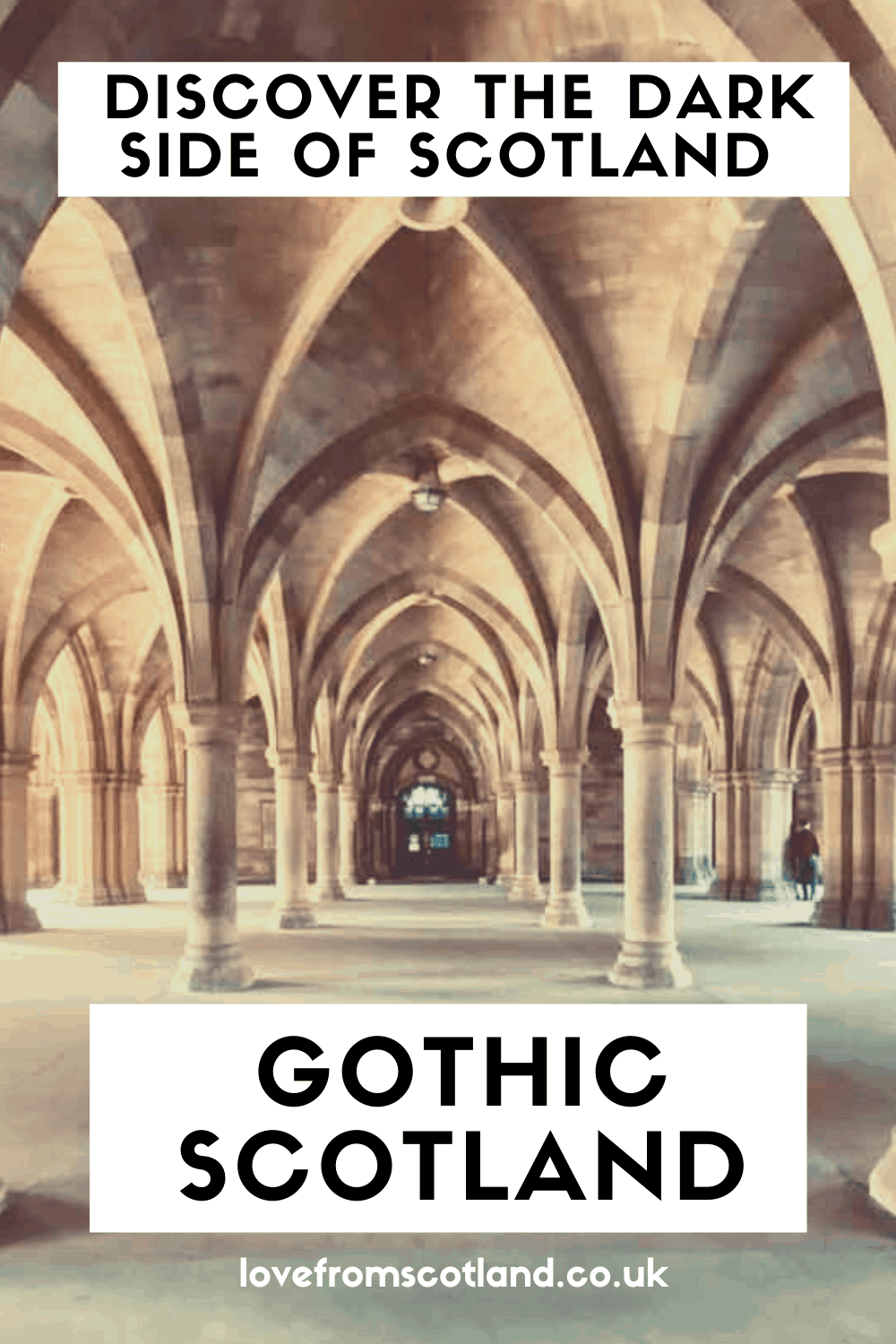Let’s delve into the darker side of Scottish history, exploring the bloody, the unexplained, and the unusual. Scottish history Podcast A Wee Bit Gothic is dedicated to featuring many locations across the country whose history is just, well, a wee bit gothic – and sometimes, Scottish history isn’t as obvious as you might think. Welcome to a Wee Bit Gothic’s guide to gothic places to visit in Scotland.
[Thanks to A Wee Bit Gothic Podcast for this guest post – You can listen to the A Wee Bit Gothic podcast on Spotify / Apple Podcasts / Listen Notes and Google Podcasts]Culzean Castle, Ayrshire – the castle with the most ghosts in Scottish history?
On the Ayrshire in South West Scotland coast stands the imposing fortress Culzean Castle (pronounced cull-ane). Once the seat of the Clan Kennedy, it is now a grand stately home open for visitors, its design by Scottish neoclassical architect Robert Adam.
Culzean also played host to Dwight D. Eisenhower, the 34th President of the United States! Of course, however, a building of such history would not be without a few resident ghosts.
Culzean Castle allegedly houses many ghosts, including a lone piper who vanished from the caves beneath the castle. Beyond the ghosts, there are also tales from Kennedy family members past, including a man that took it upon himself to subject an abbot to a rather unconventional torture, and an individual said to be so evil, the Devil himself is said to have attended his funeral.
Horror film fans, why not give The Wicker Man (1973) a watch before visiting Culzean…
More things to do in South West Scotland
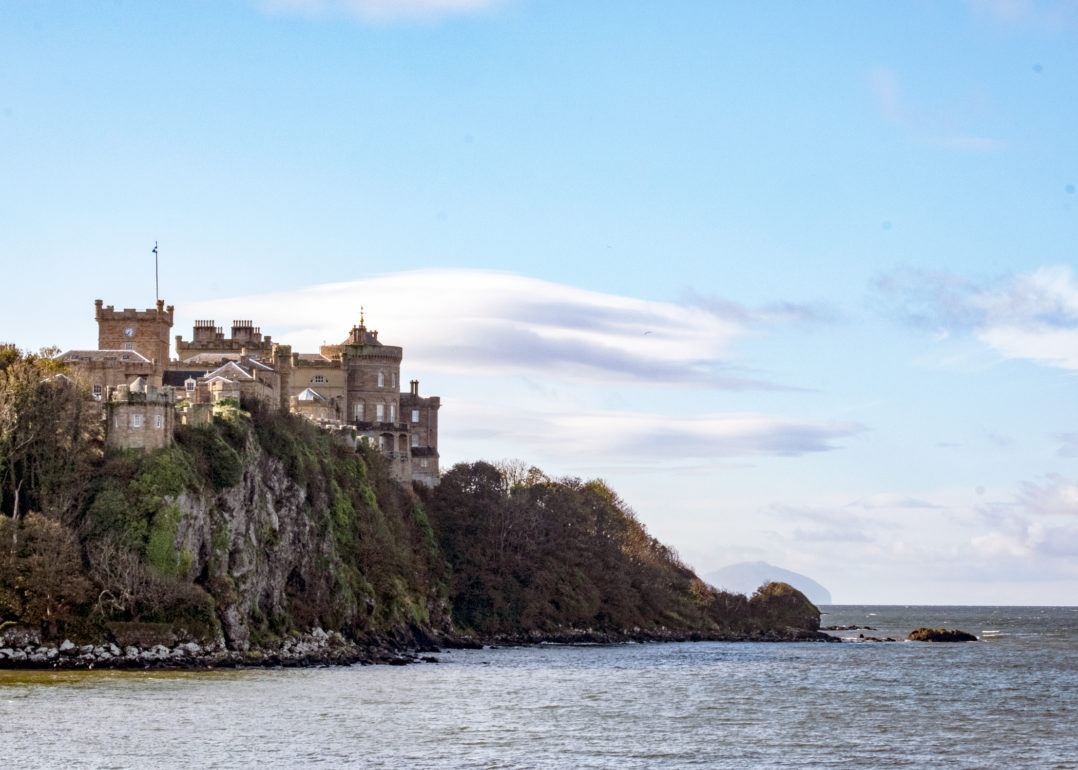
Culloden, Inverness – the most famous battle in Scottish history
On the 16th April, 1746, the Jacobite army took up arms in a final attempt to succeed in their cause. Between 1,500 & 2,000 Jacobite men would be slain, the brutal, relentless battle believed to have only lasted around 40-50 minutes in its entirety. It would go down in Scottish history as a violent rampage on the helpless Scots, mercilessly gunned down by government muskets whilst only armed with swords.
Or was it? Sometimes things are not always as they first seem. The Battle of Culloden has been subject to much romanticisation over the years, and sometimes facts get lost in swathes of tartan-clad, broad-sword wielding fiction. Culloden is preserved by the National Trust for Scotland and is visitable for a fee.
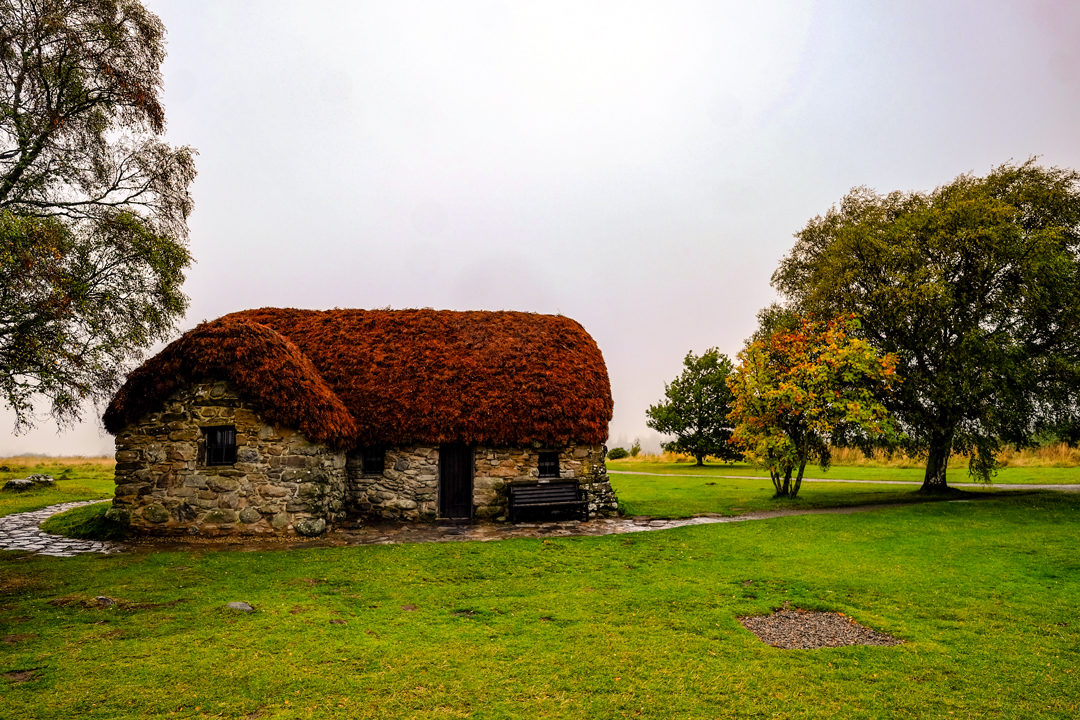
Glasgow Green – gruesome executions and high treason
Covering approximately 136 acres, Glasgow Green is a vast space in the heart of the city, known in the present day as a place of public celebration and political gatherings. Scratch the surface however, and you will find that it was still a place of entertainment hundreds of years ago, albeit for more gruesome reasons.
Today you can stand on the spot upon which public executions took place, gaze at Nelson’s Monument, the last thing condemned prisoners would see of this mortal world, and visit the place the Young Pretender, Charles Edward Stuart, is believed to have stood (spoilers: it was a bad idea), find out about possibly the shortest marriage in history, and the violent punishment of one found guilty of High Treason.
If visiting Glasgow Green, always be sure to look down. Much of the Green’s history is commemorated in stone plaques. Glasgow Green is free to enter.
The Square Mile of murder, Glasgow
Four murders. Four culprits. Six victims. One inexplicable link. These crimes gained their name as they all occurred within one square mile in Glasgow’s city centre, from Blythswood Hill, to Sauchiehall Street, and onto Charing Cross: all now intersected by the M8 motorway. It was a strange, unexplainable coincidence that historians today still cannot comprehend. Was it because it was the playground for the rich and respectable of the city, a veneer behind which the evil could hide? Or were there darker, unearthly forces at work?
More things to do in the brilliant city of Glasgow
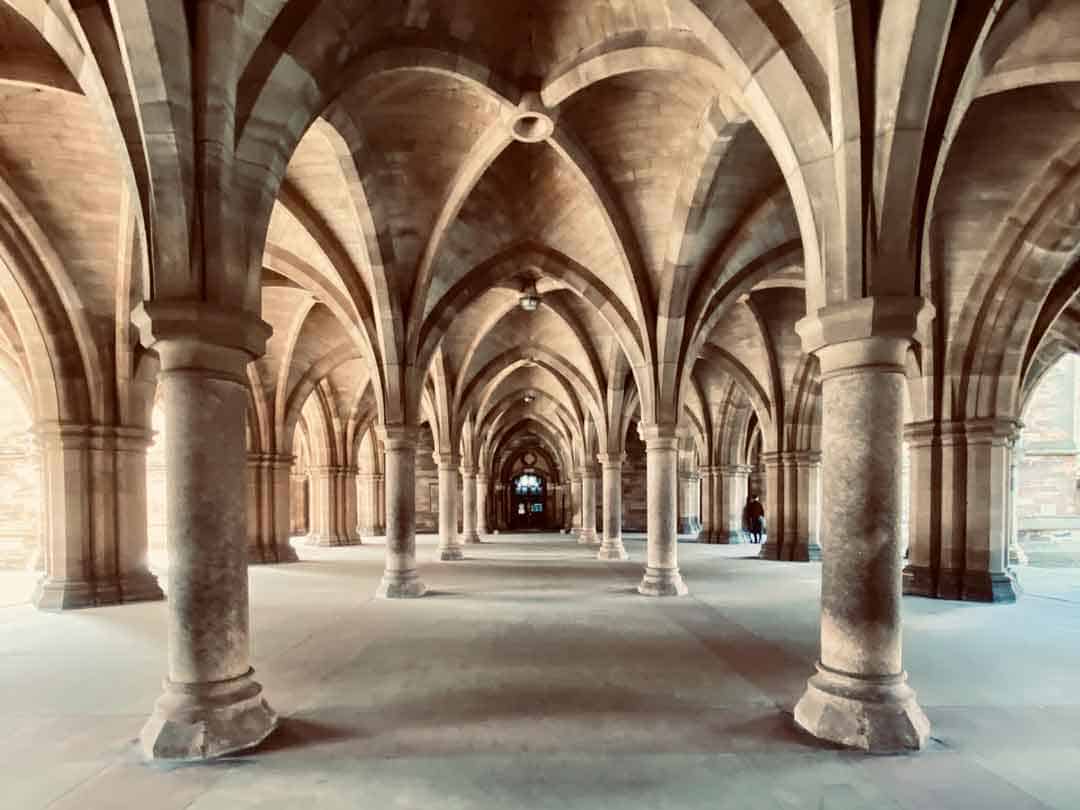
University of Glasgow – Scottish history in quadrangles, cloisters and cadavers
High above the city, perched on the tip of Gilmorehill, stands the imposing, ornate campus of the University of Glasgow. Founded in 1451, the present campus in the West End opened in 1870, designed in the Gothic Revival style by Sir George Gilbert Scott.
Visitors are able to explore the quadrangles and cloisters, as well as the university’s Hunterian Museum. Explore its extensive collection, including examples of geological and archeological finds, and scientific instruments of times gone by. And, if you’re that way inclined, various Anatomical exhibits.
Did you know, however, that the university originally started at Glasgow Cathedral, before moving to a campus on High Street?
Whilst based at High Street, Glasgow was one of the centres at the forefront of anatomical research, with an 1818 experiment bearing a striking resemblance to a certain Gothic novel. Application of electricity to a cadaver, alleged signs of life in its body, sound familiar? The University of Glasgow and the Hunterian Museum is free entry.
Glasgow Necropolis – the city of the dead
Situated adjacent to Glasgow Cathedral, the Glasgow Necropolis was established in 1832. Its name translating to mean ‘city of the dead’, the Necropolis is believed to contain at least 50,000 individuals. A bridge connects the cemetery to the courtyard before the cathedral, it commonly referred to as the ‘Bridge of Sighs’, as it is the path funeral processions would follow.
The Necropolis does not follow the archetypal ‘grid’ layout of other cemeteries, instead it being built upon hills. Many of the monuments, mausoleums and tombs are located on the periphery of the John Knox Monument that stands on the tallest hill. Many noted individuals are buried in the cemetery, a few of which have been featured on the Wee Bit Gothic podcast. The Glasgow Necropolis is free to visit.
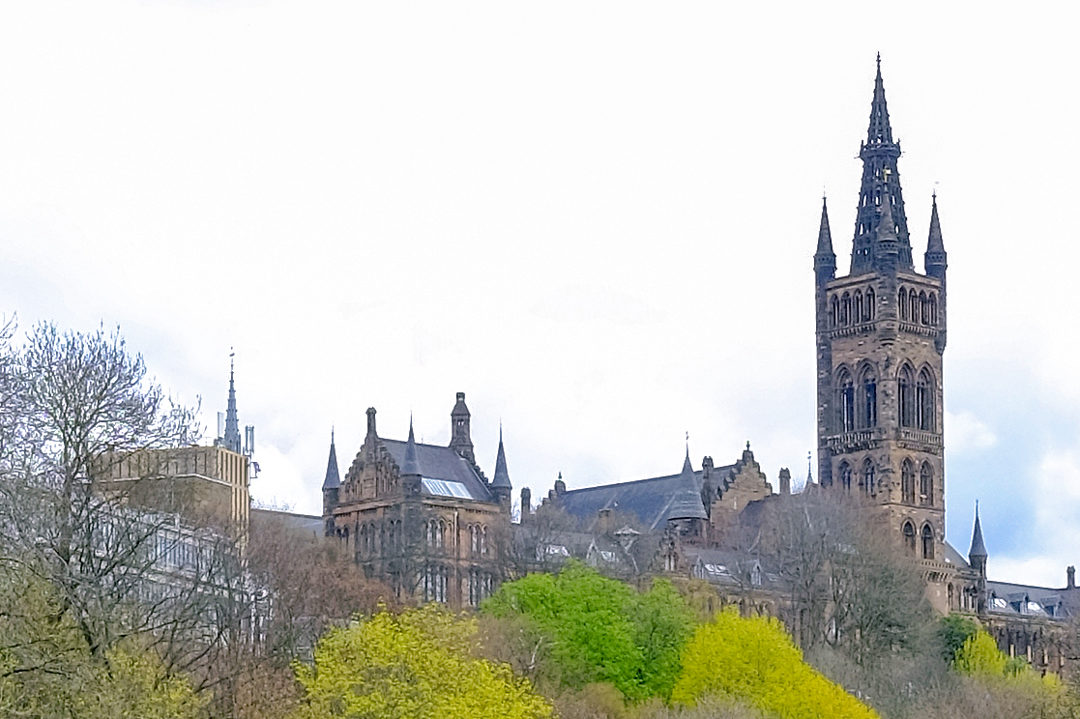
Glasgow Cathedral – the oldest building in Glasgow
Glasgow Cathedral (also known as St. Kentigern’s or St. Mungo’s Cathedral) has the honour of being the oldest building in Glasgow! The cathedral was dedicated in 1136, and the tomb of St. Mungo (patron saint of Glasgow) is located in the cathedral crypt. A classic example of Scottish Gothic architecture, the cathedral is simultaneously both imposing and welcoming, the sheer weight of its history present in every stone.
Glasgow Cathedral is quite unique – and severely lucky – in a way, as it was one of the few Scottish medieval churches to actually survive the Reformation. The story goes that once they heard of the attempts to “unroof” the cathedral, the people of Glasgow took up arms and gathered around the building, swearing to protect her from those that dared to destroy her. They proclaimed that “whomever should dare cast down a stone from the cathedral, shall be buried under it”. We are a welcoming, friendly peoples, but we don’t recommend crossing a Glaswegian!
For all you Outlander fans out there. Glasgow Cathedral’s crypt was used as the interior of the L’Hopital des Anges in season 2. Glasgow Cathedral is free to enter, but is presently working to a booking system.
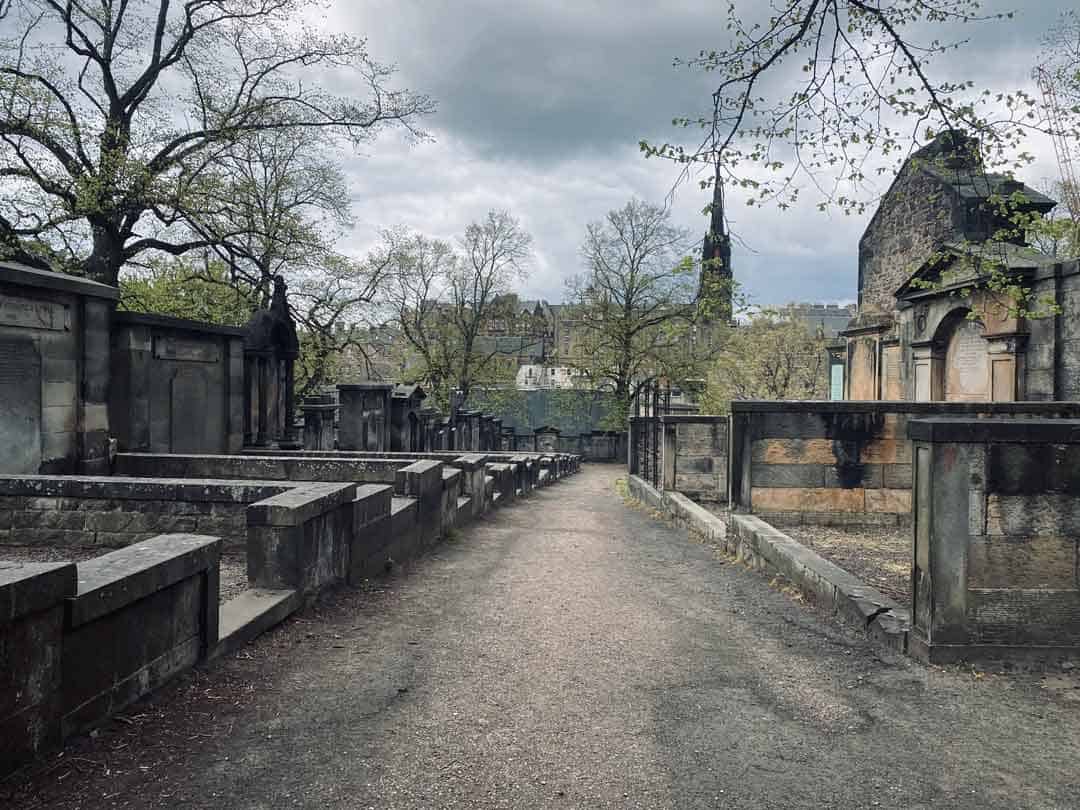
Greyfriars Kirkyard, Edinburgh – dugs and violent coventers
Nestled away amongst the winding cobbled streets of Edinburgh’s old town, you will will find Greyfriars Kirk and the neighbouring graveyard. This seemingly peaceful yard has many a spooky story attached to the greying stones and mausoleums.
In fact, there have been various reports of unexplained activity within this graveyard, including a particularly violent Covenanter who is apparently just as vicious in death as he was in life, teenagers breaking into a mausoleum and playing with a rather unconventional football, and the tale of a little dog that stayed faithful to his master even after the gentleman’s passing.
Pay particular attention to the names upon the stones, some of them are associated with a fictional magical universe. Greyfriars Kirkyard is free to visit.
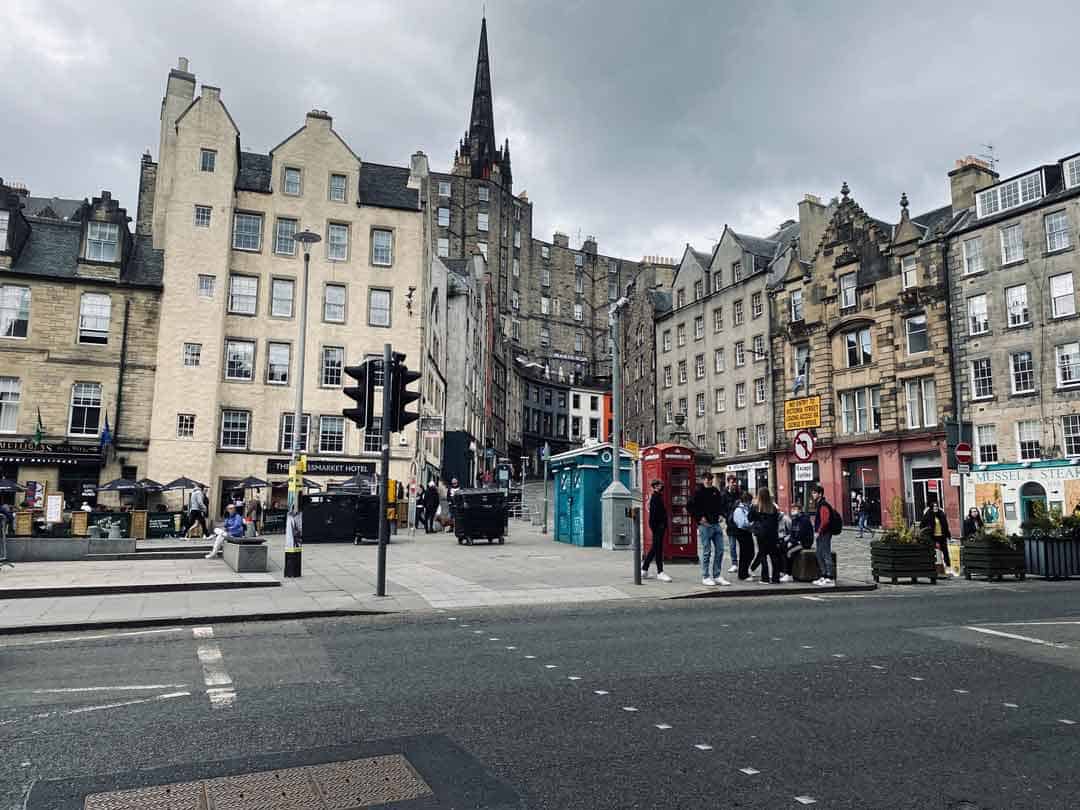
Scottish history in the Grassmarket, Edinburgh – criminals, body snatching and Half Hangit’ Maggie
Beneath the shadow of Edinburgh Castle lies the area of Grassmarket. Now a thriving hub of restaurants and pubs within the city, do you know just what used to go on in Grassmarket as you stand there with your pint in hand?
Much like Glasgow Green, it was a vibrant hub of entertainment, if one dares to call public executions ‘entertainment’. Many criminals met their fate in front of thousands in this area, it now commemorated in stone – remember to look down when visiting. A street on the west end of Grassmarket also housed a certain murderous duo, ones that thought the effort involved in body-snatching was too much like hard work.
A woman by the name of Maggie Dickson was sentenced to death in Grassmarket on a charge of infanticide. It was only after her execution did the story take a rather unusual turn. One so strange, it earned her the nickname ‘Half-Hangit’ Maggie’.
More unusual things to do in Edinburgh
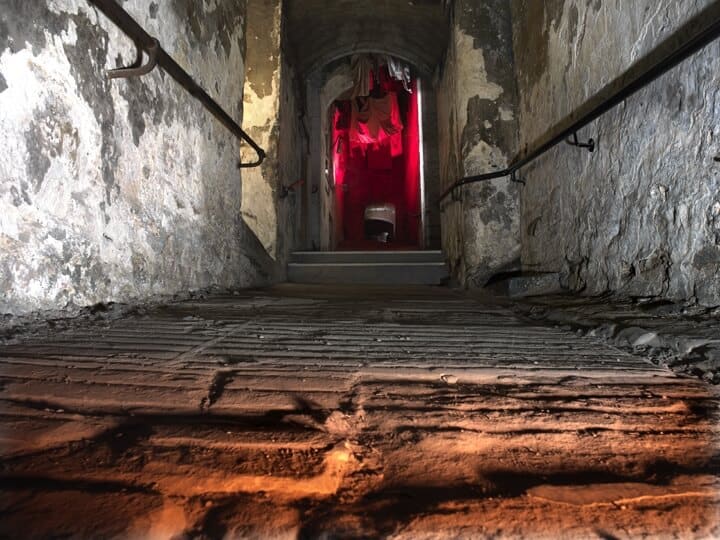
Mary King’s Close – the underground city in Edinburgh
Underneath Edinburgh’s Royal Mile sits the narrow, abandoned streets of Mary King’s Close. Constructed in the 17th century, the street was part of the city’s plan to expand up, rather than out, in order to create more space for the increasing population.
Across the years, the close saw many a tragic event, including a simultaneous epidemic of both the Bubonic and Pneumonic Plague. Contrary to urban legend, residents were not abandoned by officials in the midst of the epidemic, instead told to quarantine – the irony!
Mary King’s Close is also known for its various reported hauntings, the most prolific of which concerns a little girl called Annie. In the 1990s, a psychic visited the Close, stating that there was the unhappy spirit of a child present in a room.
To placate her, a doll was purchased and placed in the room. This act of kindness towards the spirit sparked something of a phenomenon, with visitors all over the world bringing gifts of toys and dolls for Annie, all of which are now gathered in the room she is said to haunt. Mary King’s Close is visitable for a fee (it also has a cracking cafe)
Find out more about Scottish History on a the Wee Bit Gothic podcast
Hannah Brown and Chris McLeish are from the Gothic city, Glasgow.
From murder to literature, ghosts to architecture and maybe even the occasional film chat, they’ve got all your gothic interests covered.
You can listen to all the episodes of a Wee Bit Gothic podcast in the usual places.
Thanks to Hannah and Chris for taking us around some gothic Scottish history.
- A Wee Bit Gothic on Spotify
- Apple Podcasts
- Listen Notes
- Google Podcasts
Love, from gothic Scotland x
